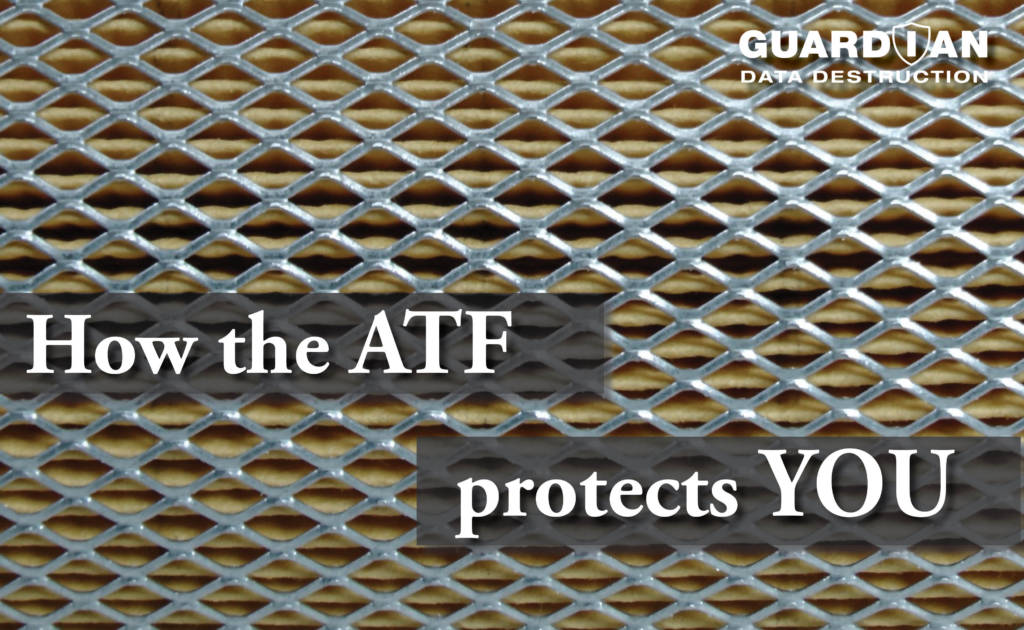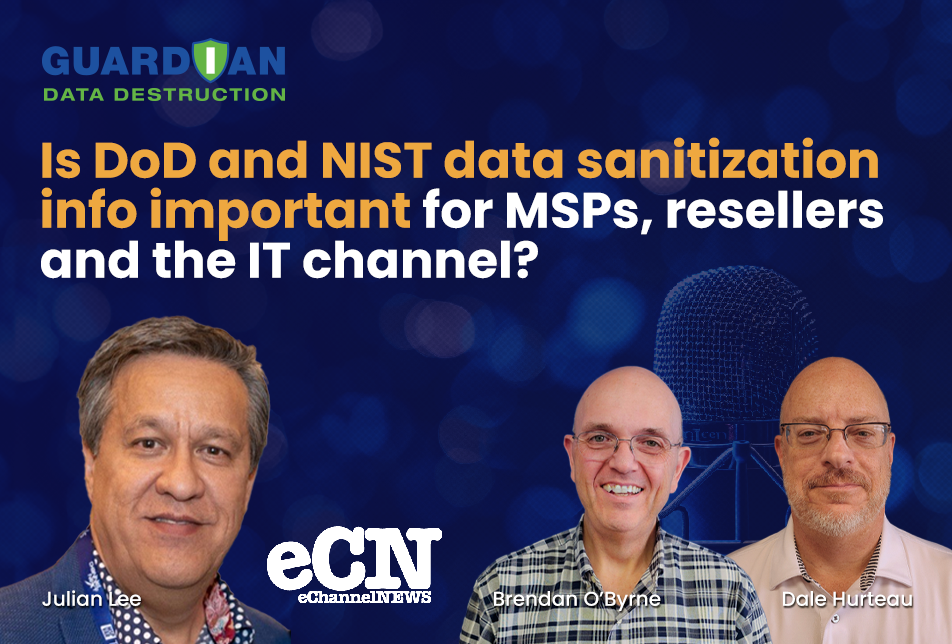Often just referred to as “the paperwork”, the Asset Transfer Form (ATF) is the exact, verified count of assets (any kind) that are going to be packed, picked up and transported to another location. This is the first step in the chain of custody process and critical for secure transport.
Client: “We’ve got 300 laptops that need to be shipped from here to there.”
Driver: “I’ve just counted 297. Shall we count again?”
And, that’s why you do an ATF: agreement from everyone on the count of items to be transported. If there’s a discrepancy, best practice is to flag it early and determine how it should be handled before the items leave the premises. Then both parties sign off on the agreed, final count.
Who does the Asset Transfer Form protect?
Everyone. The transportation company’s job is to securely move items from A to B. If the driver and the onsite contact walk through the products and count them together, make a list together and then sign the ATF together, there’s no discrepancy. There’s no question as to what is being shipped and where. And no surprises.
A lesson: We have a new customer who didn’t insist on an ATF for a shipment of tablets with their previous vendor. Their corporate tablets showed up in the Dominican Republic instead of the final destination. An ATF would have saved a lot of headaches, a business relationship and the worry about a data breach.
When does the Asset Transfer Form matter?
Knowing that exactly whatever walks out one door is exactly what’s going to be delivered is the entire point of packing and logistics. Even when you don’t know the items have live data or when your IT assets are high value (laptops, servers, etc.) or fragile (servers, racking systems, etc.), there’s no question that someone in your organization wants to know exactly what is leaving the facility — make, model, and quantity. Whether it’s for redeployment, remarketing or relocation, those IT assets need to be safely and securely packed, transported and delivered to their final destination.
A tip: Know exactly what you’re handing over otherwise it’s like handing over a big check. Without the ATF, anyone in the chain of custody can say or do what they like because there is no documentation to be matched.
For end-of-life items headed to recycling, the exact count may not be that important. After all, it’s considered to be valueless already. 1000 old monitors give or take a few isn’t likely going to shake up anyone’s world. The key factor in this case is ethical and responsible recycling and ensuring that labeled IT assets don’t end up where they’re not supposed to be and cause embarrassment or a future PR problem.
A common scenario: A well-known, global investment company didn’t track a load of their laptops that had their corporate ID tag cemented to them. The laptops ended up on a third party resale market and residual data was found on the hard drives. An Asset Transfer Form would have easily prevented this data breach and public relations nightmare.
Avoid the “He said, She said”
Face it, relationships are tough. Why add no-win arguments to the mix? The Asset Transfer Form is your logistics’ pre-nup because it’s signed by both parties. It’s the checks and balances for everyone involved and the best solution for a long and trusting business relationship.
That’s because the Asset Transfer Form is the only real way to prove that a discrepancy wasn’t lost in transit. And, if there’s a claim or investigation, it’s the second piece of paper you’ll be asked for after the BOL.
What’s the difference between an ATF and BOL?
The BOL (Bill of Lading) is the legal document (including terms and conditions) that lists total shipment (# of pallets, racks, boxes, etc.) that the trucker uses for picking up and delivering. The ATF is the detailed, itemized list of exactly what is in that shipment (inside every pallet, box, etc.). You’ll want both pieces of paper (electronic or a physical copy) for every commercial trucking shipment you make as part of the full chain of custody documentation. And, just like the ATF, protect yourself by counting the pallets and signing off on the BOL to verify that count.
When your shipment is delivered, the Bill of Lading is checked immediately. You sent six pallets of IT assets? We have six pallets. Check. Unload. Then the processor breaks the pallets down and counts the contents to match and verify the ATF. If there’s a discrepancy or damage, it’s flagged and escalated.
A fun fact: Chain of custody is everything. Whether it’s needed for an audit or peace of mind, the only way to reduce risk and liability is accountability for anything (everything) that leaves your custody. The BOL and ATF are the transportation logistics part of the counting and tracking process.
Pick the right packing and logistics partner.
We get it. Counting and recounting can be a total annoyance. It’s time consuming and if it’s not done right, it’s redone until it is right. But without the ATF, your staff and vendors can say anything and there’s absolutely no way to prove differently.
That’s why it’s important to pick your packing and shipping vendors carefully when it comes to IT assets and data bearing equipment. It’s not just price, boxes and wheels. It’s trust, thoroughness, accountability, written processes with escalation tracks (there’s inevitably a question at some point), and, above all, it’s their ability to understand and keep your priorities top of mind.
Whether it’s a mixed load of broken peripherals or old desktops headed for recycling or hard drives that need secure reverse logistics, make sure your packing and logistics cares as much about the outcome as you do. And, if they’re not doing so, insist on the Asset Transfer Form because it’s a critical component to your chain of custody and data breach risk reduction.
If you want a sample ATF to use as a guideline for your own operations, send us an email or give us a call.
Learn more about Guardian’s shipping and logistics services here.





